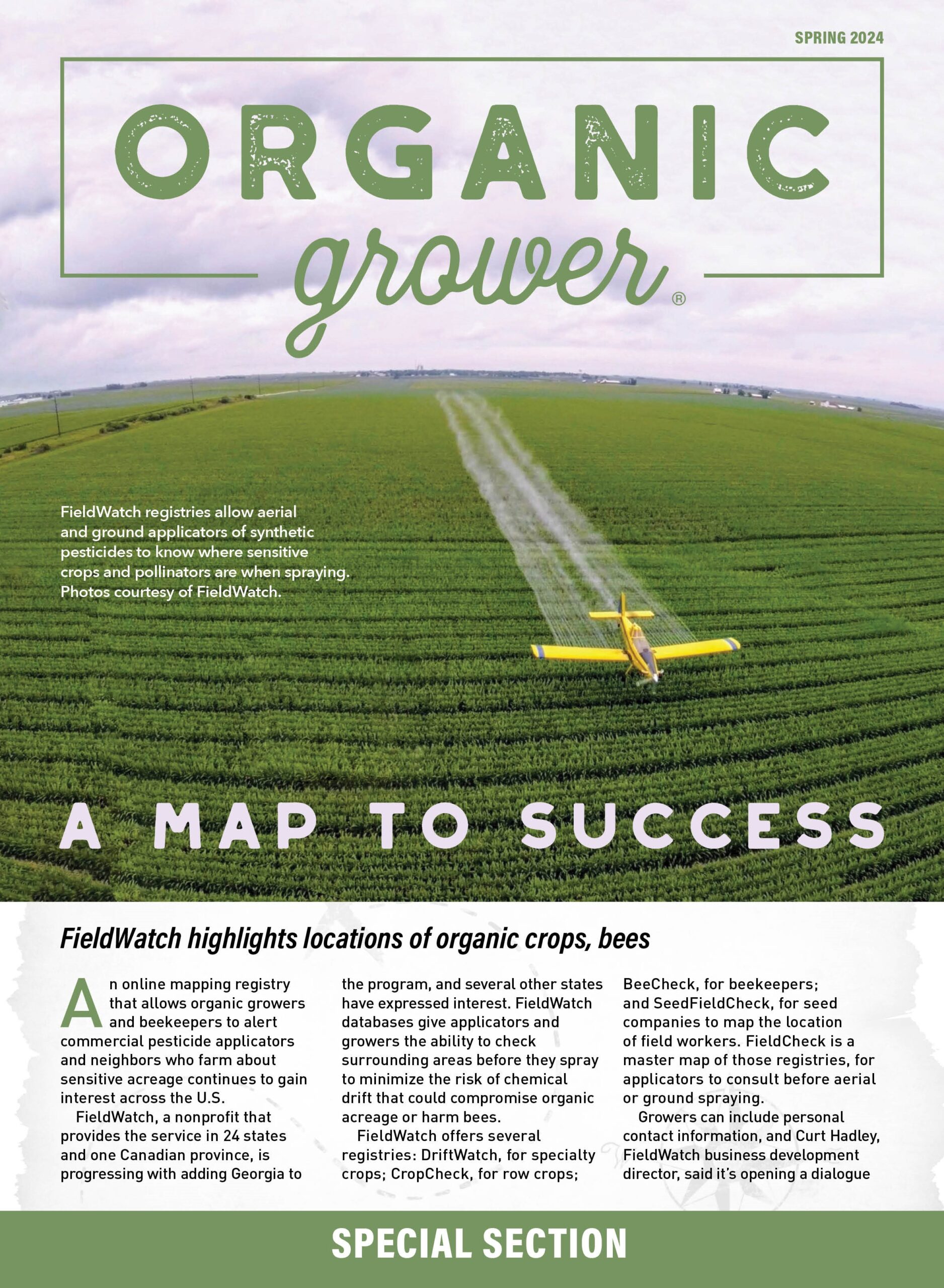Mar 7, 2022
How to grow cabbage grown organically
Despite the ongoing controversy of “who started the corned beef and cabbage” tradition, many still celebrate St. Patrick’s Day with this meal.
Researchers are looking at ways to grow your cabbage organically while reducing the number of weeds that grow in the cabbage fields. Weeds steal sunlight, water, and other resources from crops, and so reducing their amounts is beneficial to farmers.
Organic management avoids pesticide use, including herbicides to manage weeds that reduce yields. One of the reasons that organic head of cabbage costs more is the added labor to manage weeds throughout the season, including hand-weeding like you might in your home garden.
However, a group at Cornell University published a paper last year in Agronomy Journal, a publication of the American Society of Agronomy. They studied cover crop use in cabbage fields that could sidestep the weed issue while also managing nutrients in the field.
Studies were performed in New York and Michigan.
The cover crop treatments tested in cabbage fields were rye-legume mixtures. Rye is a cereal crop that can grow densely while the legume can add nitrogen to the soil.
The researchers overwintered the rye-legume mixtures and then used strip till to plant the cabbage. Strip till “drills” a row into the existing cover crop, with little soil disturbance.
The density of this cover crop means that in the spring, when weed seeds could germinate, they are covered in a dense layer of dried cover crop. This reduces the amount of sunlight the weed seeds receive. In addition, the weed seeds must physically compete with this cover crop layer, reducing their success in germination. Although weed germination was 79% less in the fields studied, there were still too many weeds, and some tilling was used to kill off the weeds.
Another advantage of leaving cover crops is that they buffer crops from more extreme weather events. They can help retain heat during cold spells, and soil moisture during droughts. In the case of this research, the legume part of the cover crop also adds nitrogen to the soil, reducing the need for added nitrogen.
Although the findings of this research were not conclusive, that doesn’t mean research into growing cabbage organically is over. The answers for one field – or one state – may not be the same as for a different area. Soils differ greatly between states, and even in one farmer’s field. How crops are managed will always be an ongoing effort between researchers and farmers, especially with a warming planet and extreme weather events.
Whether you buy organic or conventionally grown cabbage, this St. Patrick’s Day tradition has a healthy side to it. Besides being tasty, cabbage is high in vitamin C as well as antioxidants.
Blog compiled by Susan V. Fisk based on a paper published in Agronomy Journal.






